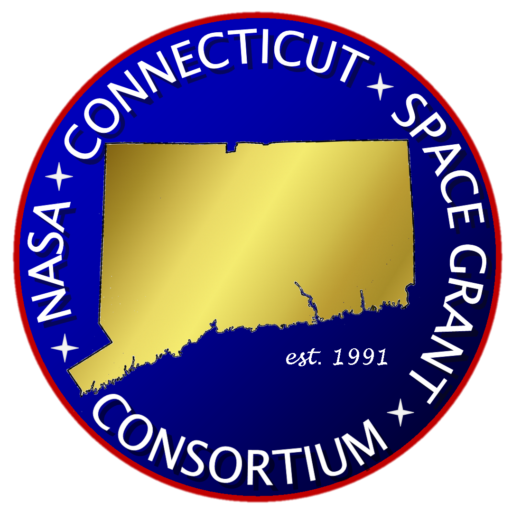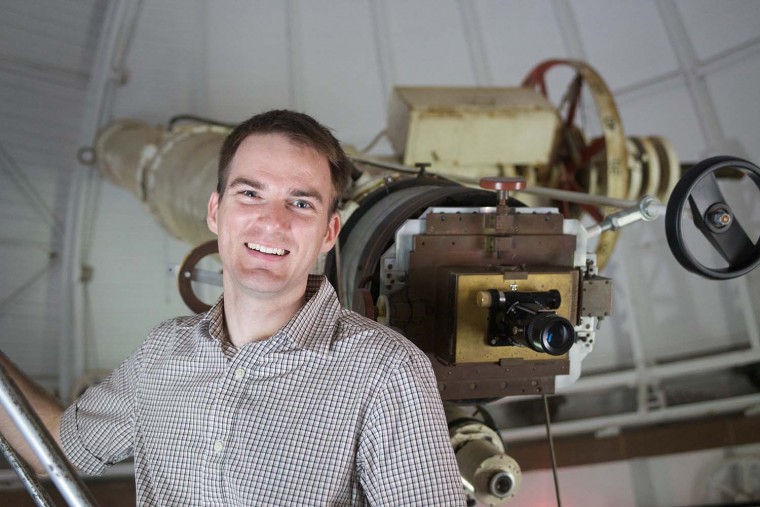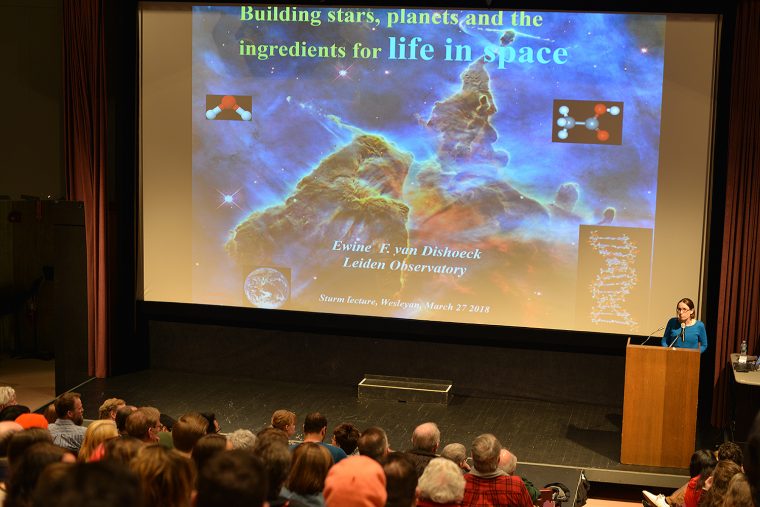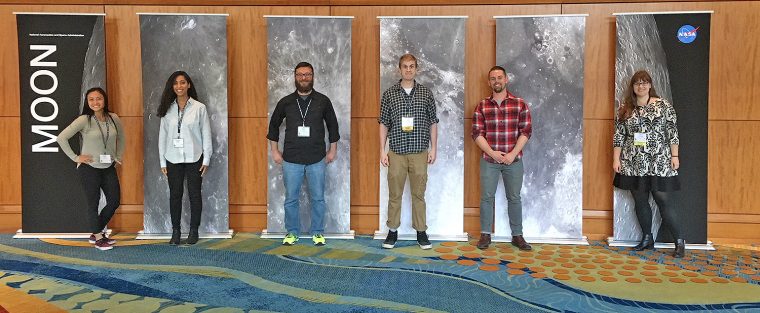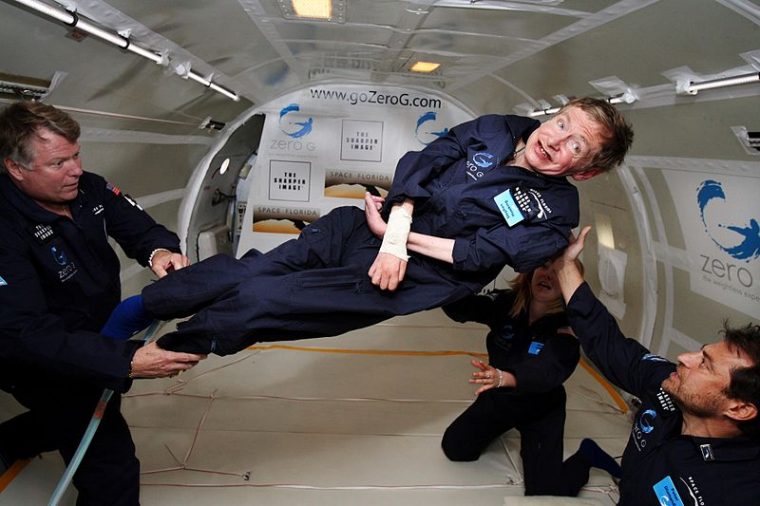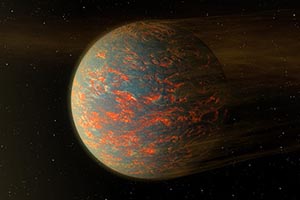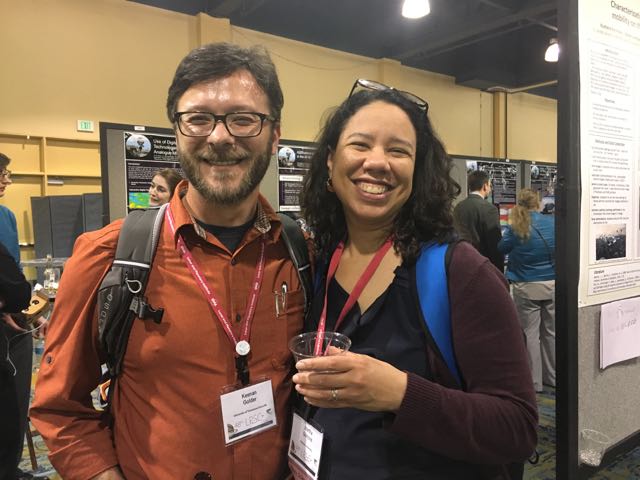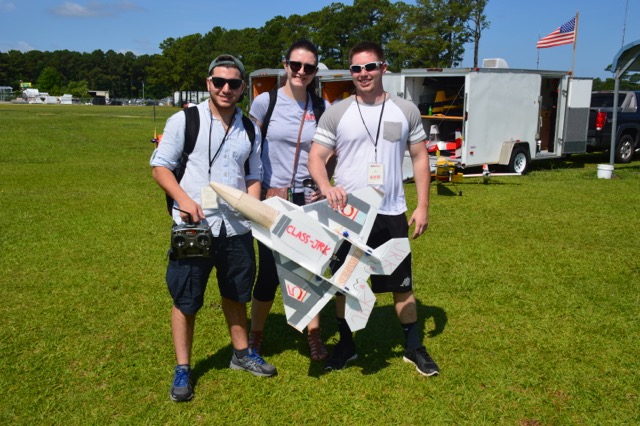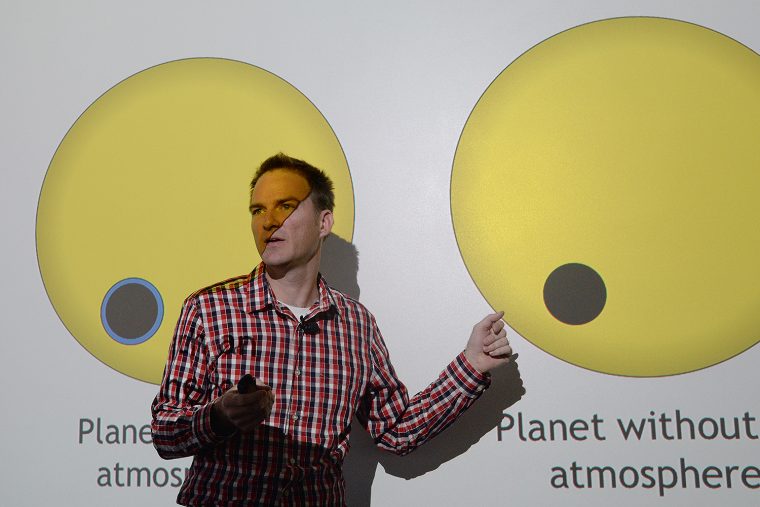Three undergraduates and one graduate student received NASA Connecticut Space Grant Awards from the NASA Connecticut Space Grant Consortium (CTSGC). The CTSGC is a federally mandated grant, internship, and scholarship program that aims to inspire the pursuit of careers in science, technology, engineering, and mathematics. Astronomy and math major Nicole Zalewski '20 received a $5,000 undergraduate research fellowship to pursue her study on “Measurement of the Radar Properties of the Oldest Rocks on Venus to Constrain Mineralogy." Her advisor is Martha Gilmore, the George I. Seney Professor of Geology, professor of earth and environmental sciences, co-coordinator of planetary science, and…
The Association of Universities for Research in Astronomy (AURA), which operates the Hubble Space Telescope, the James Webb Space Telescope, the U.S. National Optical Astronomy Observatory (NOAO), and other major astronomical research facilities in the United States, has elected the Keck Northeast Astronomy Consortium (KNAC)—led by Wesleyan University—as a new member. This historic development represents the first time that liberal arts institutions have been invited to join the association and serves as an important recognition of the value of such programs, not just to education, but also to frontier research in astronomy. “This is a tremendous recognition of the important…
(more…)
Faculty, graduate students, and alumni attended the 49th Lunar and Planetary Science Conference March 19–23 in The Woodlands, Texas. Three graduate students were awarded funds from the NASA Connecticut Space Grant that allowed them to travel to this meeting. Earth and environmental sciences graduate student Reid Perkins presented a research poster titled "Where Are the Missing Tessera Craters on Venus?" Perkins's advisor is Martha Gilmore, the George I. Seney Professor of Geology, professor of earth and environmental sciences. Earth and environmental sciences graduate student Melissa Luna presented a poster titled "Multivariate Spectral Analysis of CRISM Data to Characterize the Composition of Mawrth…
Connecticut Public Radio tapped Joshua Boger ’73, P’06, ’09, chair emeritus of the Wesleyan Board of Trustees, for his recollections of a historic flight he had taken back in 2007 with noted physicist Stephen Hawking, who died March 14 at the age of 76. The flight had been sponsored by Zero Gravity Corporation and provided, for those on board, eight zero-G opportunities—or "eight brief windows of weightlessness," as WNPR correspondent Patrick Skahill described them in his story, “Remembering The Flight Where Stephen Hawking Went Weightless.” Boger had written in detail about the experience of this zero-G flight with Hawking in "Weightless But Weighty" in Wesleyan magazine, 2007…
A team of scientists from Wesleyan, led by Associate Professor of Astronomy Seth Redfield and graduate student Prajwal Niraula MA '18, has co-authored a paper on the discovery of three planets, or super-Earths, transiting around a nearby star, just 98 light-years away. “Super-Earths are slightly larger than Earth, and the three of them straddle the divide between the rocky planets like Earth and ice giants like Neptune,” explains Redfield. These planets were found using the Kepler Space Telescope. “Kepler has found thousands of exoplanets these last eight years, but this is the closest planetary system that Kepler has ever found, although closer planetary systems have been…
Jim Greenwood, assistant professor of earth and environmental sciences, and Bill Herbst, the John Monroe Van Vleck Professor of Astronomy, professor of integrative sciences, have received a research award from NASA in the amount of $550,000 for a program titled “Experimental simulations of chondrule formation by radiative heating of hot planetesimals." The grant will allow Greenwood and Herbst to hire a post-doctoral fellow who will work in Greenwood’s lab in Exley Science Center to reproduce chondrules — small spherules of melted rock that formed early in the history of the solar system and hold clues to the origin of the planets.…
A group of Wesleyan faculty, students and alumni attended the 48th Lunar and Planetary Science Conference in The Woodland, Texas March 20-24. The annual conference unites 2,000 international specialists in petrology, geochemistry, geophysics, geology and astronomy to present their latest research in planetary science over the course of several days. Professor of Earth and Environmental Sciences and the George I. Seney Professor of Geology Martha Gilmore coordinated Wesleyan's group. While at the event, she presented her work on the oldest rocks on Venus and Mars gully analogues on Earth. A number of her current graduate and undergraduate students attended and several…
Bill Herbst, the John Monroe Van Vleck Professor of Astronomy; Martha Gilmore, the George I. Seney Professor of Geology; Wilson Cauley, a post-doctoral fellow; and Nicole Arulanantham MA ’15 are the co-authors of a paper forthcoming in The Astrophysical Journal. The paper is based on Arulanantham's thesis research at Wesleyan. The paper also was featured in the December newsletter of the Gemini Observatory, an international observatory based in Hawaii and Chile. “The subject of the paper, a star known as KH 15D, was recognized as an important and interesting object in the 1990s through observations made on the Wesleyan campus by undergraduate and graduate students,” Herbst explained.…
Four Wesleyan undergraduate students have received grants from NASA's Connecticut Space Grant Consortium. Astronomy major Hannah Fritze '18 was awarded $5,000 for an Undergraduate Research Fellowship Grant titled, “Searching for Intermediate Mass Black Holes in Ultraluminous X-ray Binaries.” This grant will support her research this coming semester on black holes with Roy Kilgard, support astronomer and research associate professor of astronomy. Avi Stein '17, who is majoring in astronomy, was awarded $1,000 for a Student Travel Grant. He will be presenting his research on Venus—conducted with Martha Gilmore, the George I. Seney Professor of Geology, professor of earth and environmental sciences—at…
(more…)
Meredith Hughes, assistant professor of astronomy, is the co-author of "Debris Disks in the Scorpius-Centaurus OB Association Resolved by Alma," published in The Astrophysical Journal, Vo. 828, No. 1. Jesse Lieman-Sifry '15 also is a co-author of the article. In addition, the international weekly journal of science Nature mentioned the article in a Sept. 8 publication. The co-authors explored the idea of carbon-monoxide potentially being in large-star disks. As explained in her abstract, “Stars twice the size of the sun can feature carbon-monoxide-rich gas disks around them, contrary to the expectation that ultraviolet radiation would have stripped away the gas.” Hughes used the…


